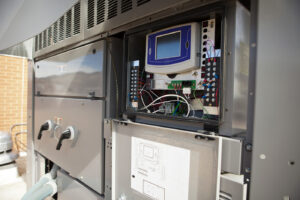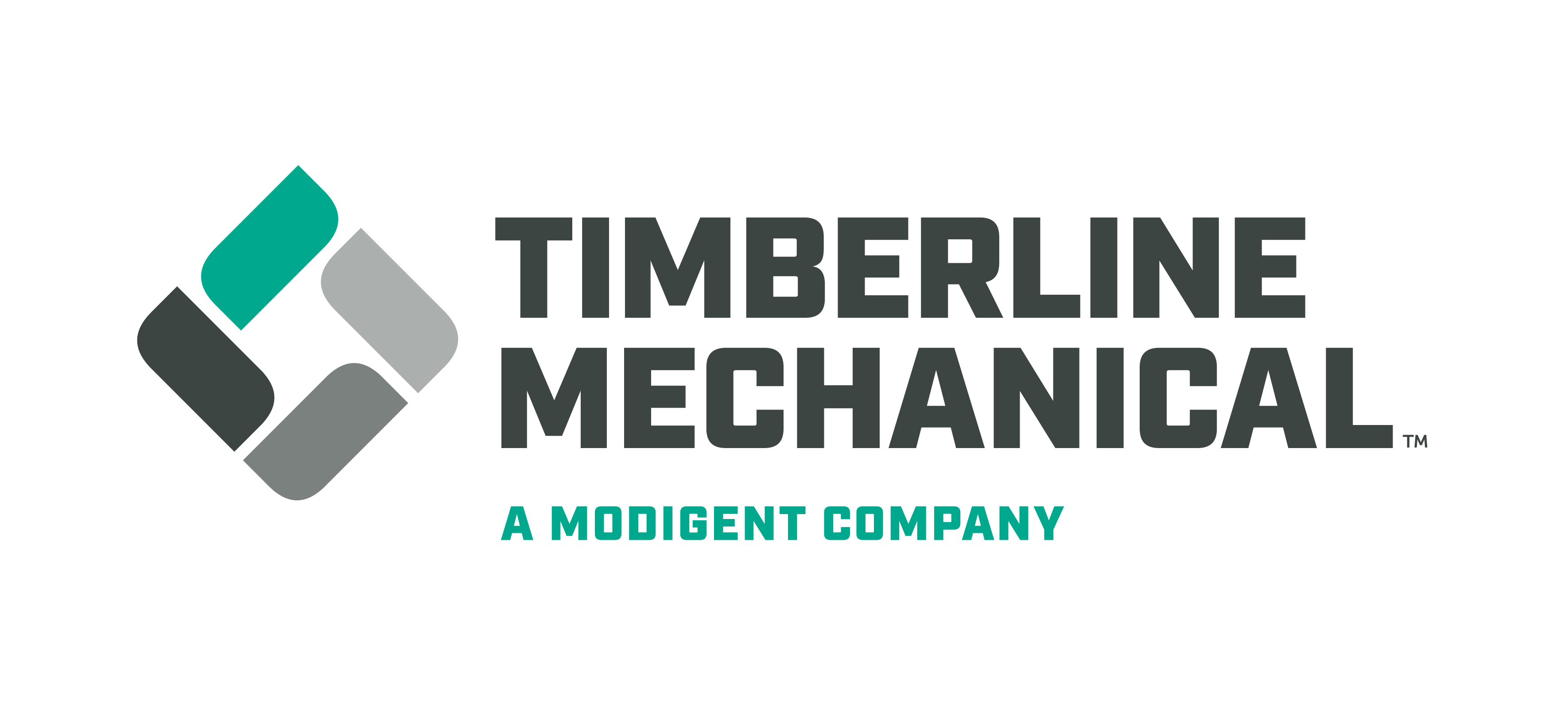March 20, 2018 by Timberline
As a building owner or facility manager, you know that at some point you will have to upgrade your commercial HVAC system. That fact is surely part of your strategic facility planning. But, with all the other projects on your plate, it is understandable that you may want to “leave well enough alone” and simply hope that your system continues to function properly. However, there is much to be gained from being proactive, and also significant risk associated with letting your HVAC upgrade become a “fire drill.”

Staying Ahead of Commercial Building HVAC System Issues
As you look ahead to future projects and expenses, here are some things to keep in mind in prioritizing an upgrade to your HVAC system:
- Life expectancy. Every HVAC system component can be expected to perform properly for a certain number of years if properly maintained. This number is determined based on historical data. The American Society of Heating, Refrigerating and Air-Conditioning Engineers (ASHRAE) publishes what is called the ASHRAE Equipment Life Expectancy chart with detailed information on how long a component is likely to function. While in many cases a piece of equipment will exceed the “median years” number if well maintained, Timberline recommends becoming familiar with the chart and being prepared to take action as a piece of equipment’s predicted useful life is nearing an end.
- Repair history. It is important to keep accurate records on repairs to your HVAC system and to look for trends showing a component is having to be repaired more frequently. Not only are those repairs costing money that might be better spent on an upgrade, the growing number of service calls can be a precursor to a unit failing.
- Energy efficiency. Driven by increasing energy costs, HVAC system manufacturers continue to innovate and produce more energy-efficient units. In some cases, it may be to your advantage to upgrade your system to capitalize on the reduced energy costs of a high-efficiency solution even if the system is functioning normally. Also, there is a natural decline in the efficiency of an installed system as the result of things like the heat transfer surfaces becoming fouled or damaged. This is another reason to consider an upgrade.
- R-22 refrigerant phase-out. The Environmental Protection Agency (EPA) has mandated that R-22, the most common refrigerant in use today, be phased out by 2020. Consequently, the cost of obtaining it to keep existing systems running is skyrocketing. While systems can be converted to use approved substitutes like R-407C, and R-438A, in some cases, when a HVAC system is nearing its end-of-life, the money spent on that conversion would be better put toward a complete system upgrade.
- Reliability and tenant/employee comfort. As an HVAC system ages, it becomes less reliable. As a result, there may be outages that adversely affect the comfort of building occupants, which can ultimately damage your reputation and/or hurt your business.
How to Take Action
In order to be prepared when the time for a commercial HVAC upgrade arrives, there are a number of steps you can take, including:
- Familiarize yourself with your existing system. The more you know about your system components and their ASHRAE life expectancy, the better you can anticipate problems.
- Learn about the new technology available. Understanding the cost of new HVAC systems in general and the potential savings from installing them puts you in a good position to make a sound decision when required.
- Talk with Timberline. While your own research can help you determine ballpark figures for your upgrade, Timberline can talk with you about the specifics of your project and provide you with a very detailed estimate. And, if you are looking to acquire more space through lease or purchase, Timberline can evaluate the existing HVAC equipment and provide a Due Diligence Report that clearly explains its conditions and any expense you should anticipate related to it.
- Learn about inspection/certification requirements. Before rooftop equipment can be installed / replaced, the building must be inspected by a licensed structural engineer to ensure it can support the units. It is a good idea to find out about that inspection process, and any other certification requirements, in advance.
- Start budgeting for the expense. The earlier you start earmarking funds for an HVAC upgrade, the easier it is to cover that expense when it arrives. Every system will have to be replaced at some point, so it is wise to account for the cost in your budgeting process.
To learn more about the drivers behind commercial HVAC system upgrades and how Timberline can help, get in touch today.
